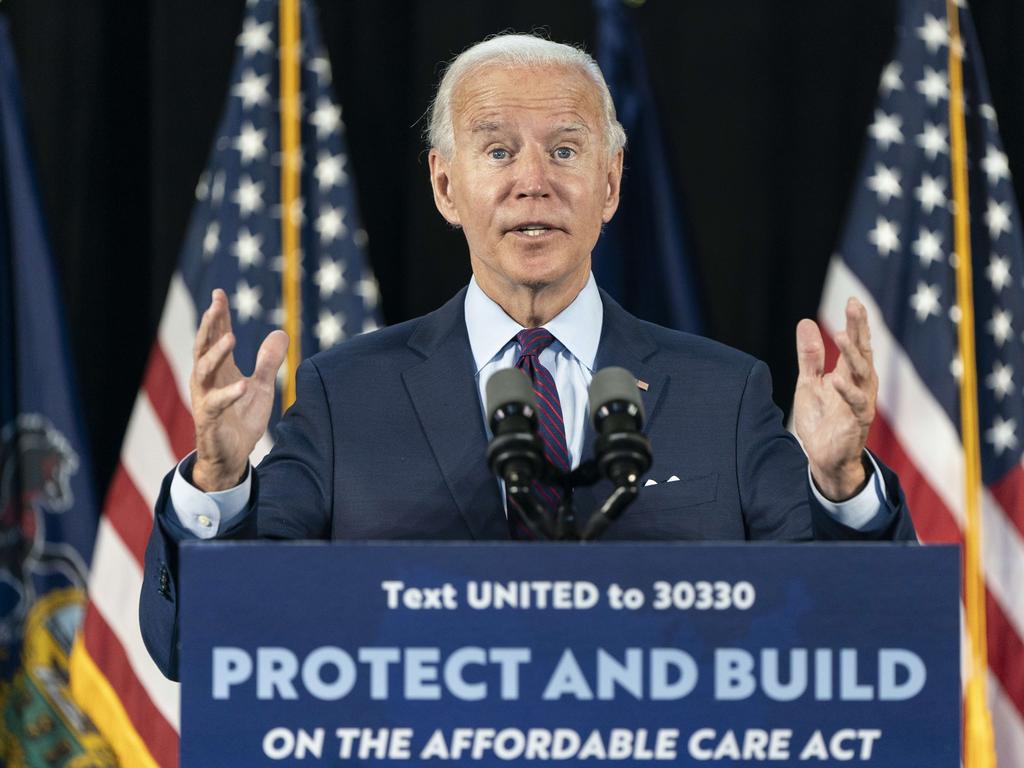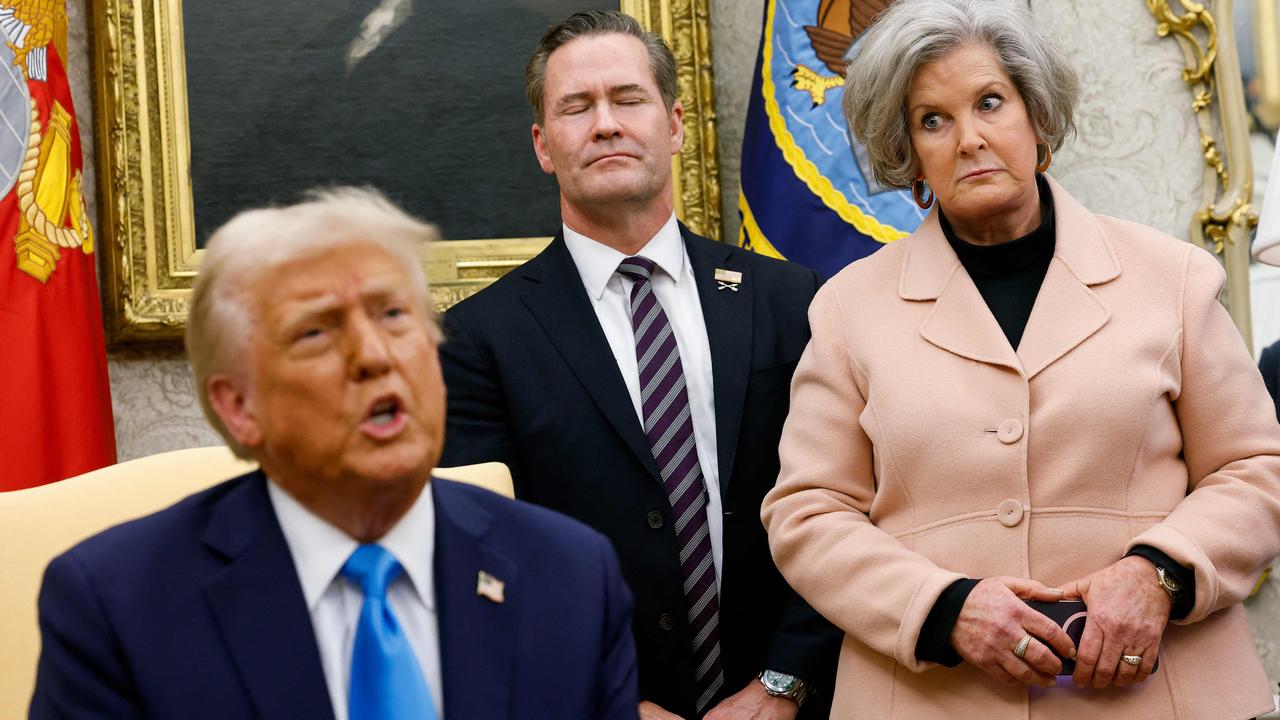Coronavirus: Stacking up real COVID comparisons between Europe and US
Trump may have been too sanguine, but the ‘US-is-a-failure’ reporting of the pandemic has a heavy dose of partisanship.

Scientists are studying why the coronavirus hasn’t had more of a resurgence in Europe after countries lifted their lockdowns while some US states battle explosive outbreaks. But the epidemiologists in the media already know why: GOP Governors and President Trump ignored public-health guidelines and reopened too fast and too soon.
“With Trump leading the way, record surge in new infections exposes failures in US. response,” the Washington Post wrote Sunday. Liberals are juxtaposing the US with Europe, which ostensibly has the virus under control.
The Trump Administration has sometimes been too sanguine, but much of this is partisan opportunism in an election year.
Fewer deaths per 100,000 people
Even with the latest outbreaks, the US has recorded fewer deaths per 100,000 people (38) than the United Kingdom (66), Spain (61), Italy (57) and France (44). Death rates are a lagging indicator, but Arizona (21), Florida (15) and Texas (8) are still well below Europe. New York, which has opened up last and slowly, has a death rate per 100,000 of 161.
The Southern US states lifted their lockdowns gradually and at around the same time as most European countries. France reopened shops and schools on May 11 followed by restaurants, bars and cafes on June 2.
Germany began reopening shops on April 20 and bars and restaurants on May 15. Italy let shops, bars and restaurants reopen on May 18.
Europe started their lockdowns earlier so perhaps they did more to crush the virus curve before reopening, but southern US states also had relatively few infections when they reopened.
Some say the US states didn’t wait long enough between the stages of reopening. But Texas Gov. Greg Abbott let restaurants and malls reopen at 25% capacity on May 1, and bars to do so on May 22. On June 11 he lifted the bar capacity limit to 50%. Florida Gov. Ron DeSantis let restaurants and stores reopen May 4 at 25% capacity, which he raised to 50% on May 15. On June 5 he let bars open at 50% capacity but excluded Broward, Miami-Dade and Palm Beach counties where there have been more cases.
The surges
Arizona gave restaurants and stores the green light on May 11 provided they follow Centers for Disease Control and Prevention social-distancing and hygiene protocols. Yet hospitalisation and infections didn’t start surging in these states until a few weeks ago.
Google’s mobility tracker shows that traffic to restaurants and retail businesses has increased more in Europe than US hot spots.
As of last week, retail traffic was down 6% in Germany, 11% in Italy, 12% in France from a January baseline. Retail traffic remained more depressed in Arizona (-20%), Florida (-20%) Texas (-15%) and Harris County around Houston (-14%).
Mobility data also show Americans in hot spots are hunkering down at home more than Europeans, perhaps because of hotter weather.
Struggle to limit young
Large home gatherings could be contributing to spread but are hard for governments to limit. GOP Governors have been chastised for letting young people crowd bars, but European countries are struggling to corral their youth too.
Earlier this month police broke up an illegal rave in Berlin with more than 3000 young people. More than a 1000 were caught at an illegal beach party near Lisbon last weekend. Thousands of Liverpool soccer fans partied in the streets this weekend after their club won the British Premier League.
It’s too early to draw conclusions about long-term success or failure. Europe began reopening its internal borders two weeks ago, and infections may tick up once people travel more. Germany has had a spike in cases in the last week, albeit fewer than in the American South; many are tied to meatpacking plants as in the US Midwest. It’s also possible that places where the virus spread widely in the spring have developed a degree of immunity that may mitigate against a resurgence.
Flare-ups inevitable
States are prudently pausing reopenings and boosting hospital capacity, but flare-ups are inevitable until there’s a vaccine or herd immunity. In any case the critics of reopening don’t offer much of an alternative beyond social-distancing, wearing masks and more testing. All three are important, and nearly all Governors agree even if they don’t mandate masks. Masks are mandatory in New York but in our experience aren’t enforced. A return to strict lockdowns isn’t sustainable economically or politically, as even Democratic Governors admit.
No one has done everything right in this pandemic, and the America-is-a-failure reporting is as excessive as Donald Trump’s occasional claim that the pandemic will soon be over.
— Wall Street Journal








To join the conversation, please log in. Don't have an account? Register
Join the conversation, you are commenting as Logout